- Colorado HIGH SKY
- Posts
- Lee Gulch Overlook
Lee Gulch Overlook
Let's visit a secret garden, recently redesigned by the City of Littleton, Colorado.
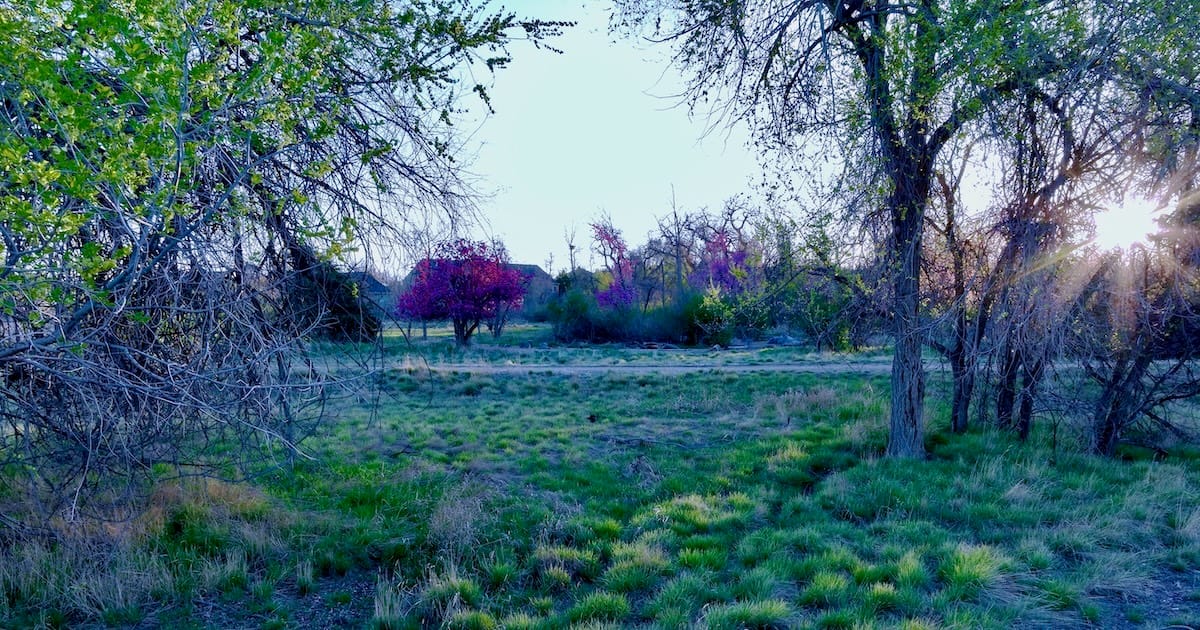
Springtime in Colorado is a study of contrasts. From extreme changes in weather on a large scale to the evolution of a tiny, community oriented, park, on the smaller side of the scale, one can only hope for the best when change is so sudden, and so sharp. Days of warmth came to an end with a snowstorm, and I feared for the newest, and most fragile additions to the Colorado HIGH SKY: tree blossoms.
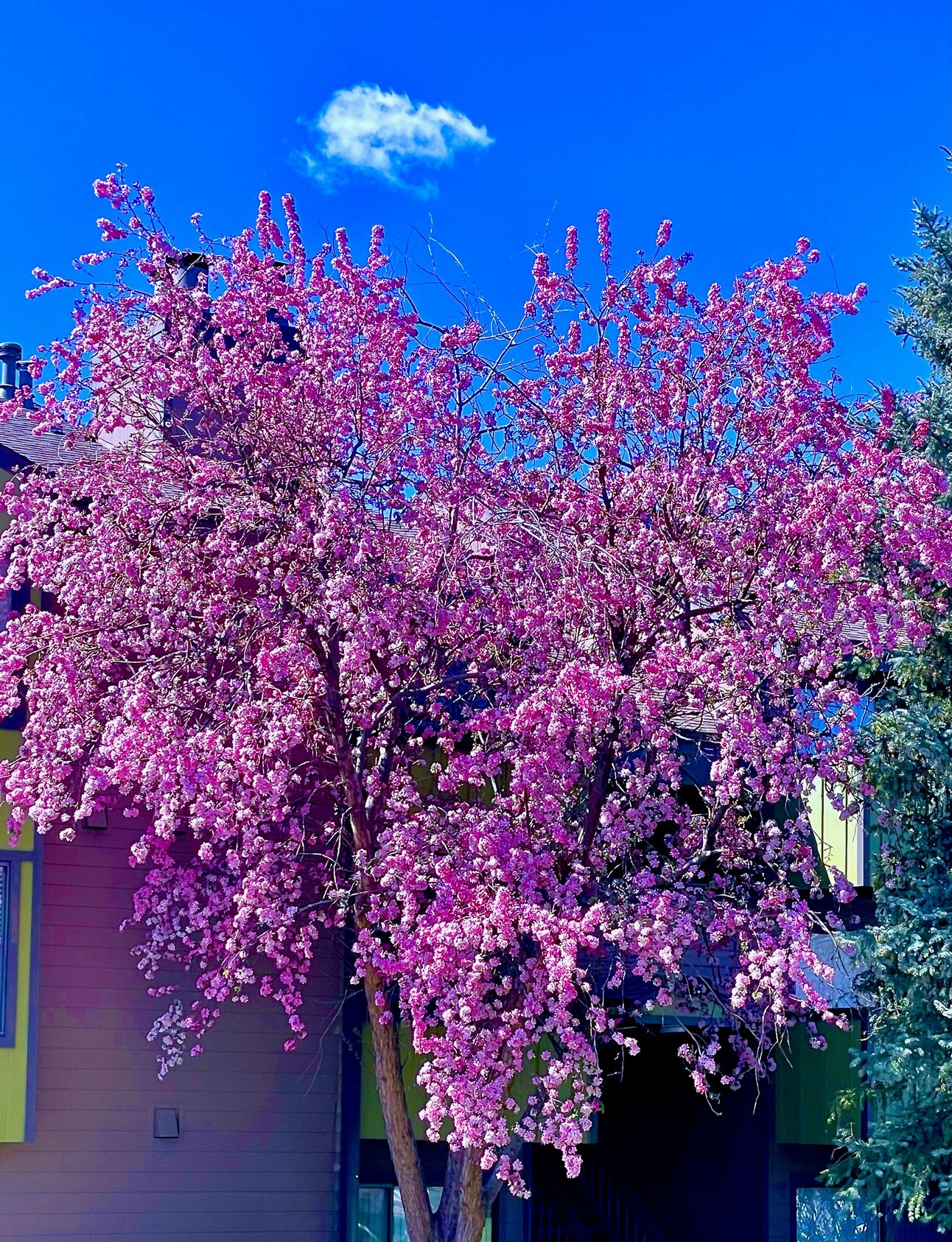
Taken with my iPhone, 17 April 2025
I’m happy to report that the above tree near my home kept most of its blossoms, and even stopped shedding the ones that had been alighting all over my truck (the vehicle deserves the spectacle of flower petals strewn in its honor, after helping me move). The north wind blowing the bands of snow were blocked by the building in the above photograph, but not all trees were so sheltered.
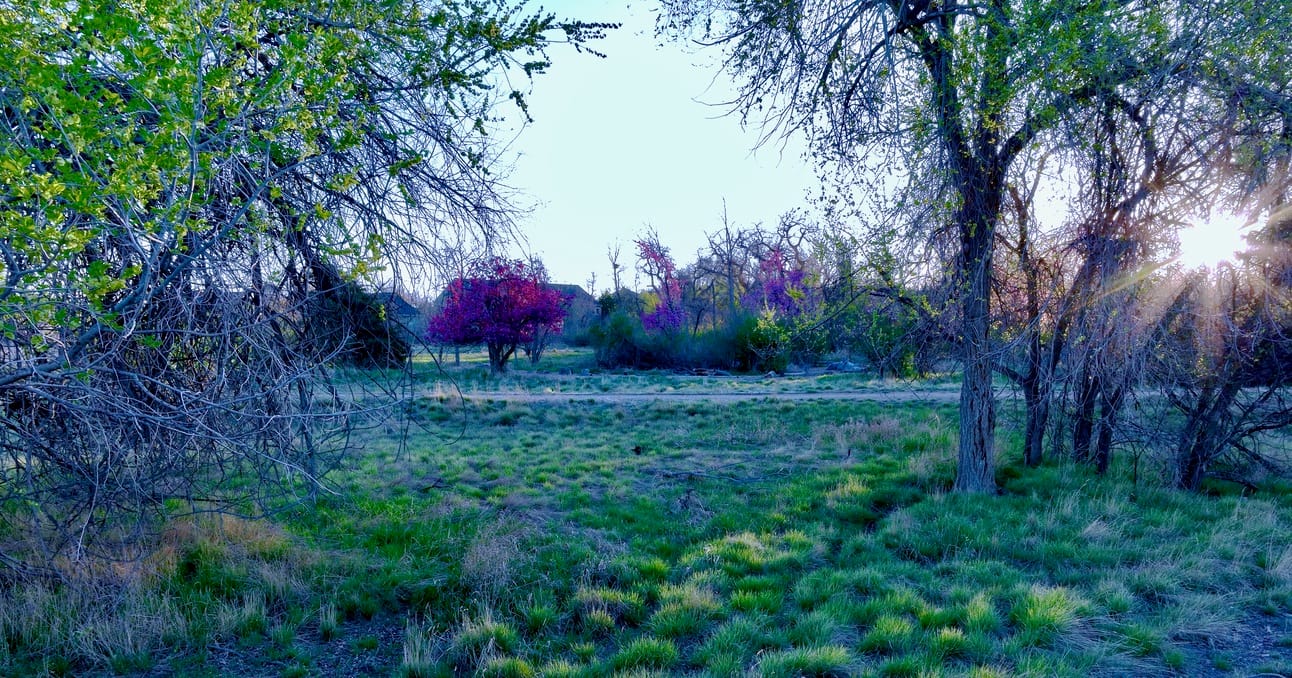
Lee Gulch Overlook, taken with a DJI Mavic 3, 17 April 2025
Before the storm’s forecasted arrival, I went to see what had changed at Lee Gulch Overlook park in Littleton, Colorado and try to catch some of the color, now in the foliage and not just in the sky. This park had gone through many changes over the decades, while I’ve only been visiting for the last five years.
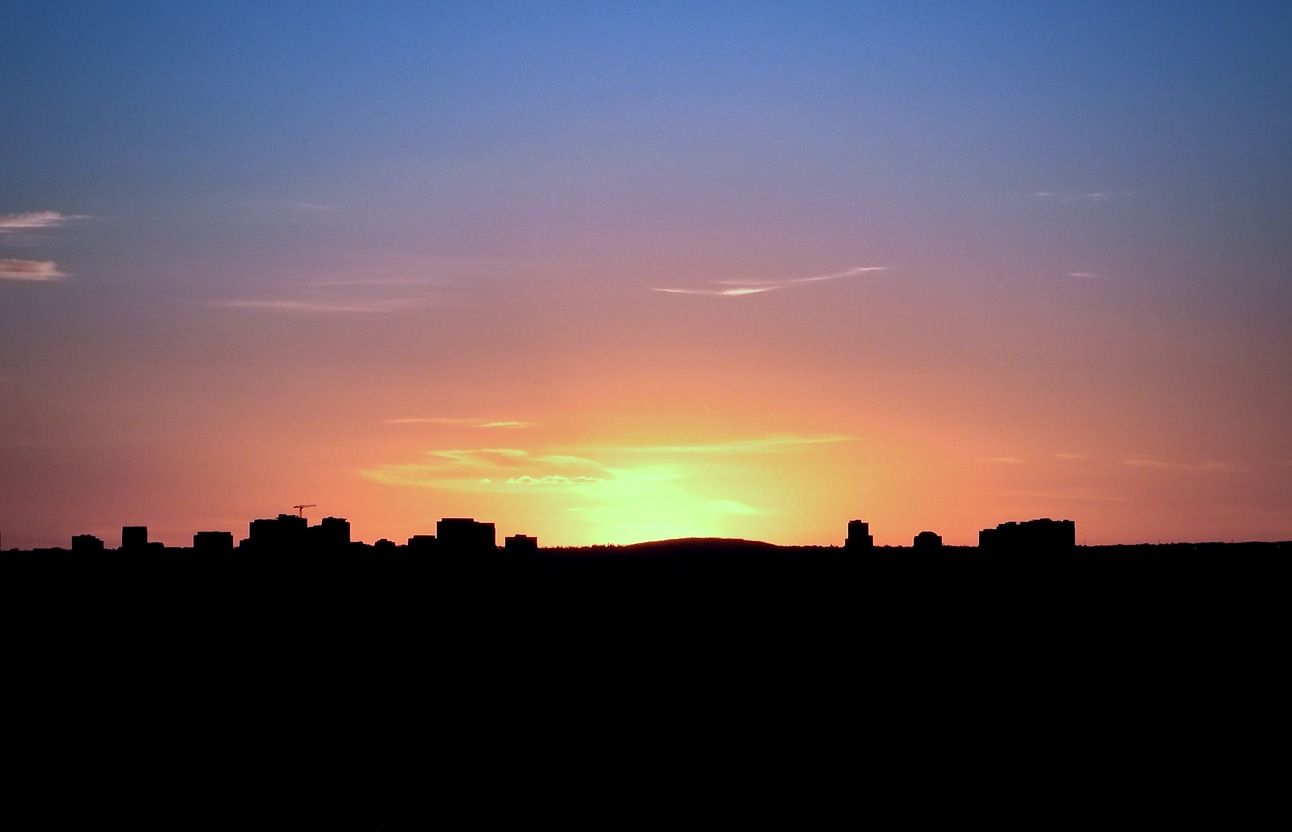
Pre-dawn glow over the silhouette of Denver Tech Center in Englewood, Colorado
The park borders on industrial property, former farms, and the South Platte River to the west, and to the east, Santa Fe Drive, a quasi-highway, or “stroad,” as urban planners disparage them, lacking the depth of a street’s diverse usage in favor of lane upon lane of cars and yet lacking the length of a rural road to mitigate the dangerous high speeds from all the cars. Lee Gulch itself goes under Santa Fe Drive, at a different elevation from the overlook and park.
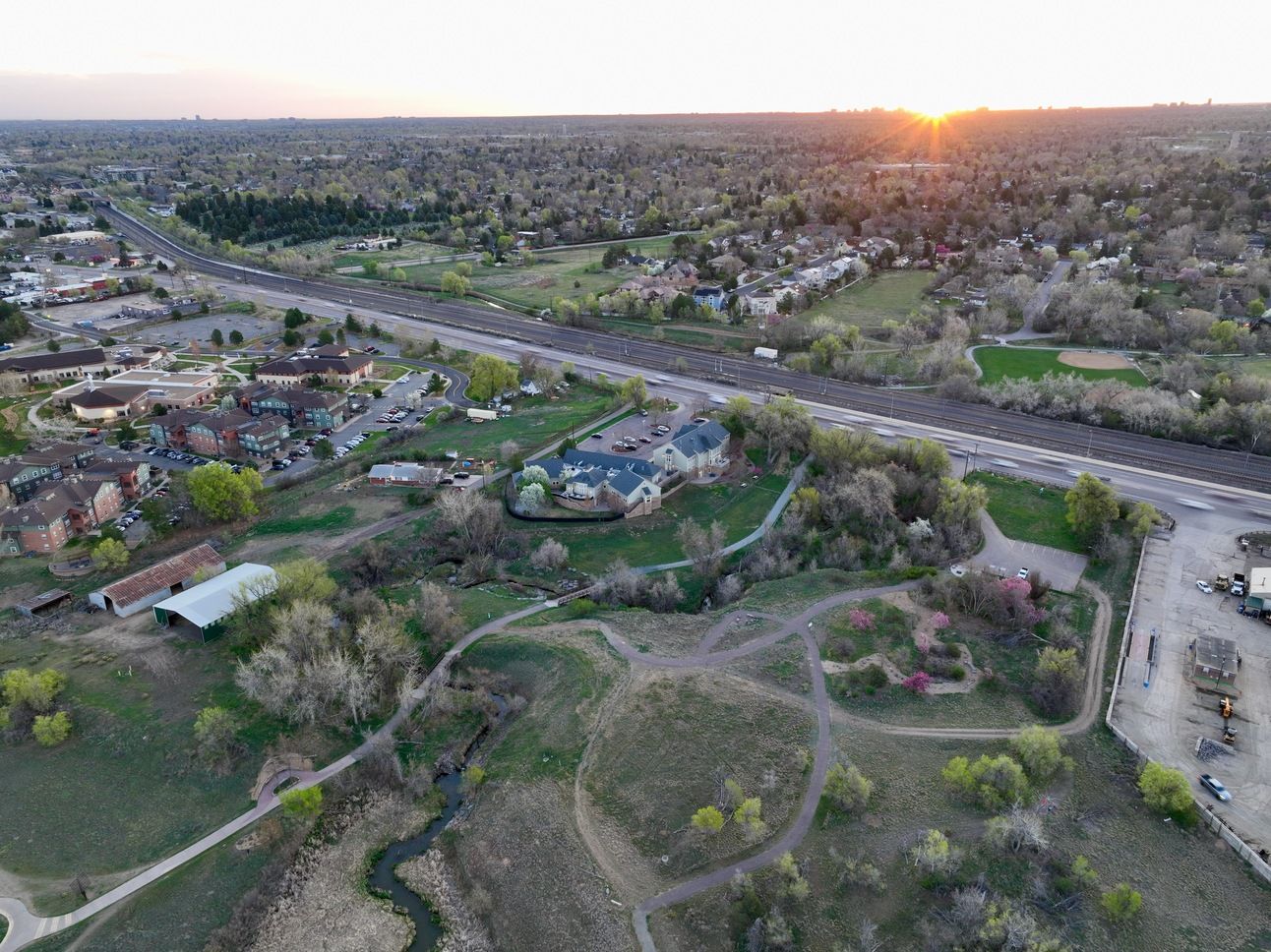
Sunrise over Lee Gulch Overlook Park in Littleton, showing Santa Fe Drive
Did I forget to mention that there is not one, but two, different pairs of rail lines to the east of Santa Fe Drive? That, right there, is a formidable barrier to wildlife, but only well maintained fences keep people confined to the path that goes along Lee Gulch and under both the stroad and railways. The watershed in the gulch is a home for (mostly) local plants, and the ponds help retain runoff, altogether providing an ecosystem supporting drainage to the South Platte River.
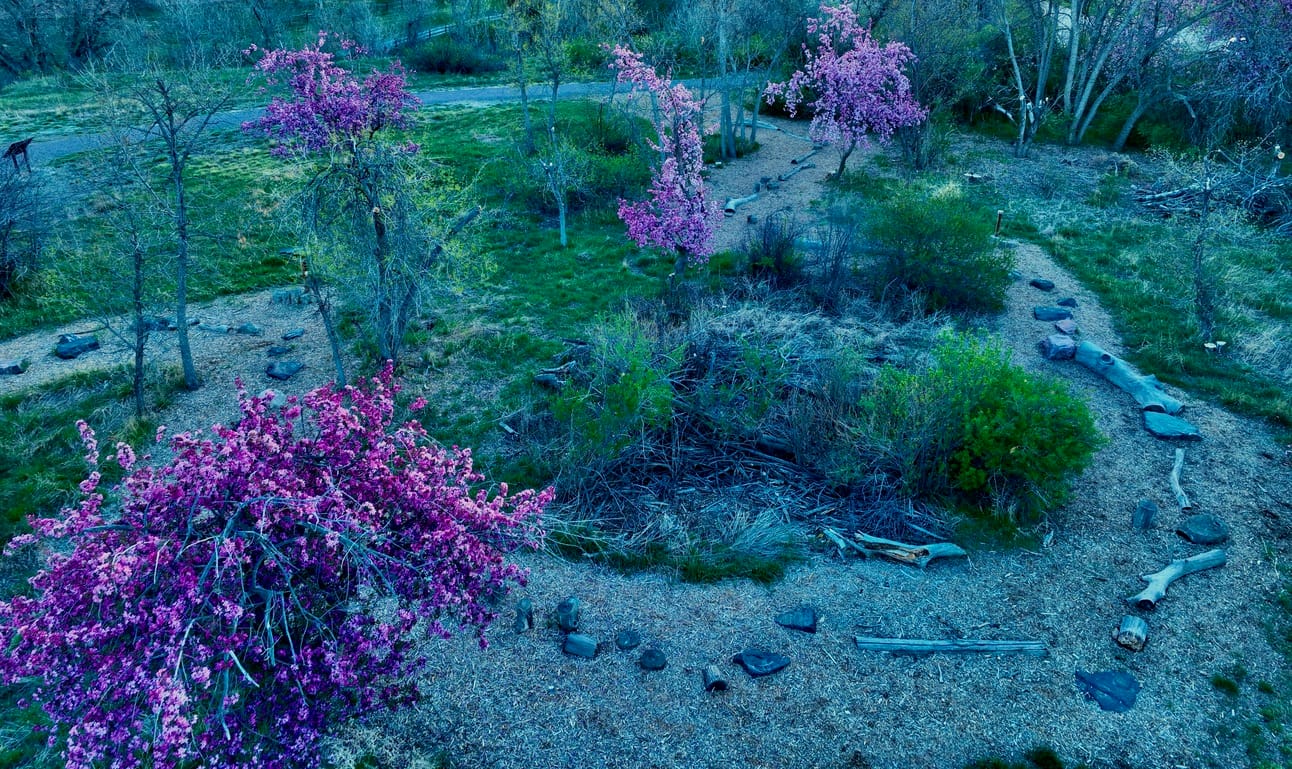
Closeup of the latest changes to the park.
Previously, the theme of the park focused on conservation, in deed and effort as well as in theme and signage. Some of the existing park exhibits still mention some of the local species of fauna that live there, but most are gone, replaced by an interpretive garden where the dense undergrowth has been cut back, as seen above. The gravel path in the photo isn’t for pedestrian visitors, but it might mean something to someone.
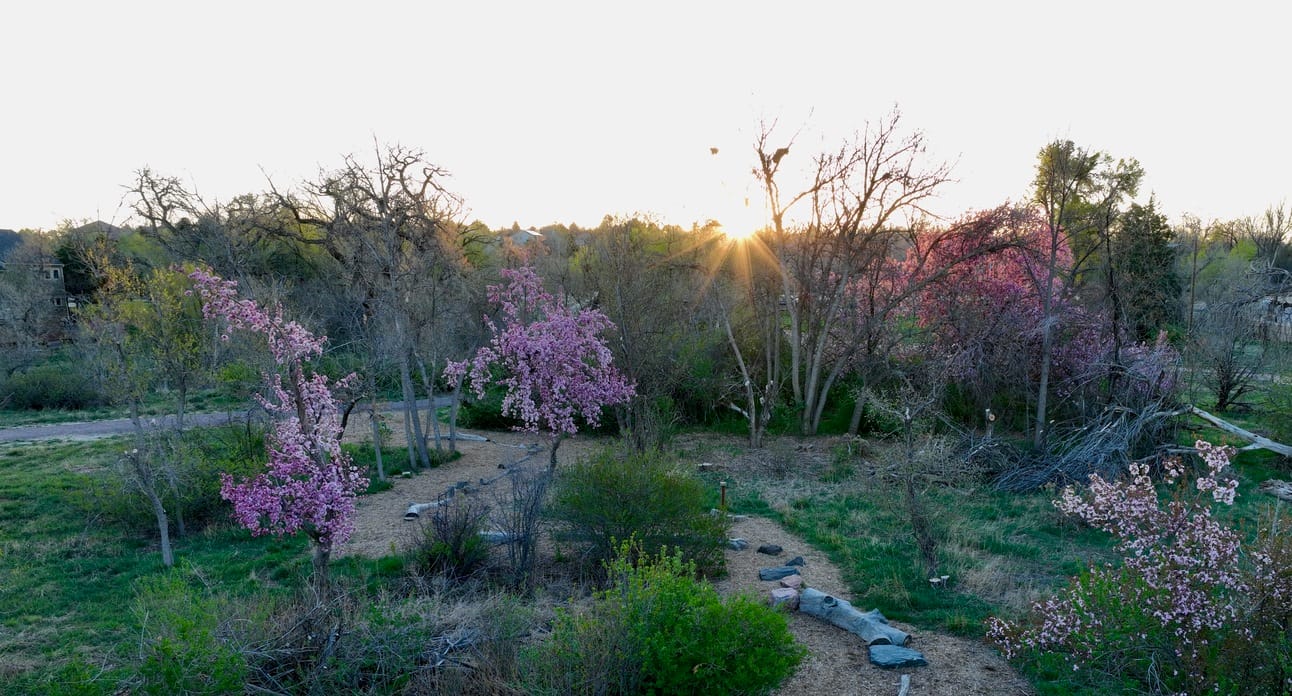
Sunrise from within Lee Gulch Park
In the previous photo, the dense growth at the center of the photo that used to cover more (and blocking view of the parking lot), has been cut back over the last year or so. The conservation idea was that the natural growth would provide a diverse home for local critters has been removed. The flowering trees weren’t cut back, of course, and now really stand out where there is no supporting growth.
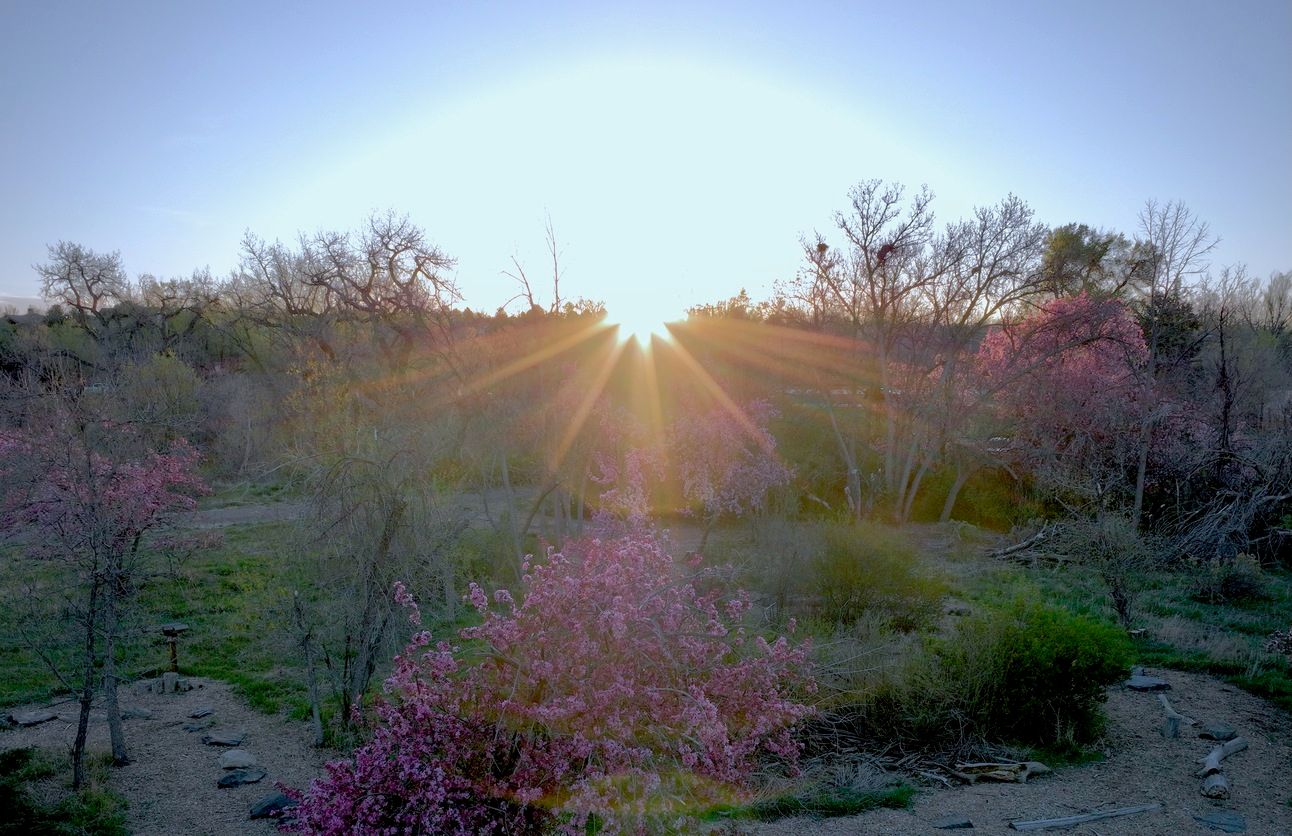
This time of year always shows the overlook at its best and most colorful
I don’t know how long this phase of the park will last, but the park itself endures.
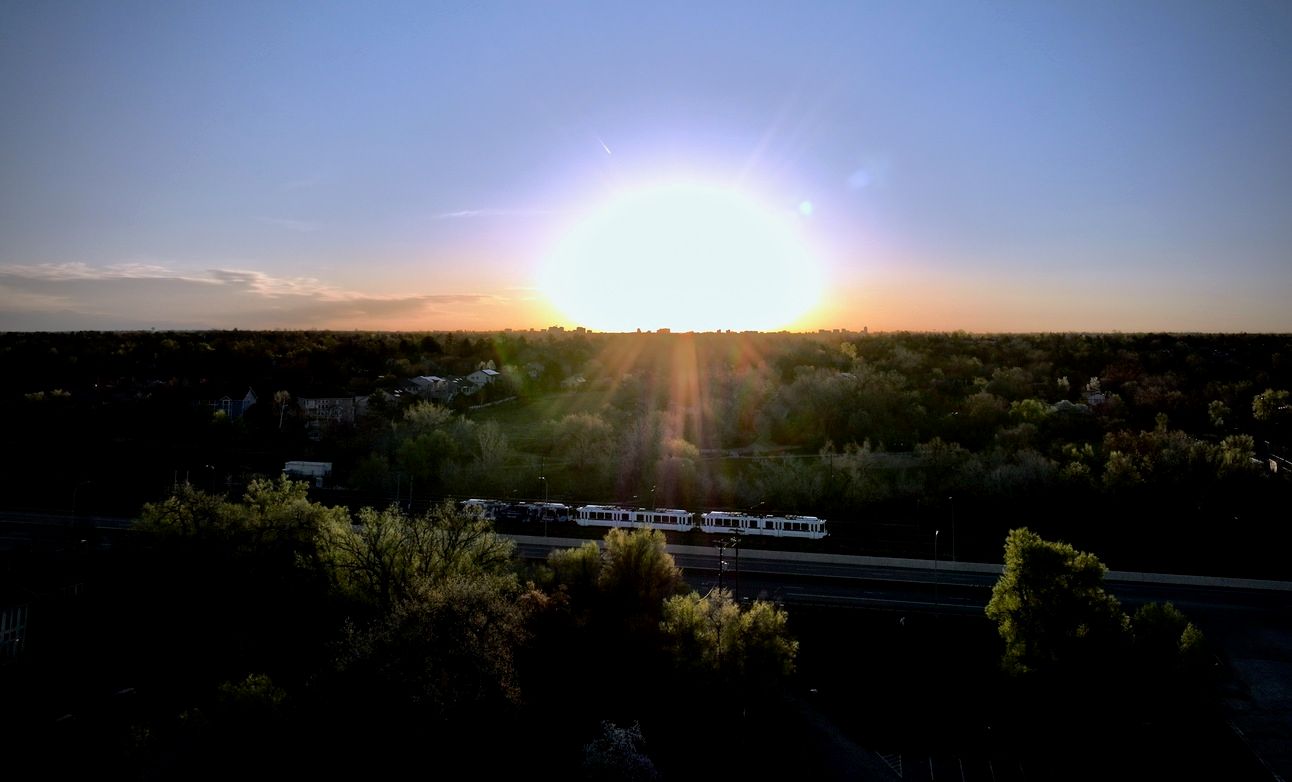
Light Rail slowly making its way back south to the suburban commuters heading north
Long before its development, the area of the park was an important release valve for nature, providing a narrow buffer between the density of industrial development and the South Platte River.

180° panorama looking towards Downtown Denver under clouds to the north
Around this time of year can bring dramatic changes to Littleton, like when the fog crept up from the south, not quite reaching Lee Gulch itself.
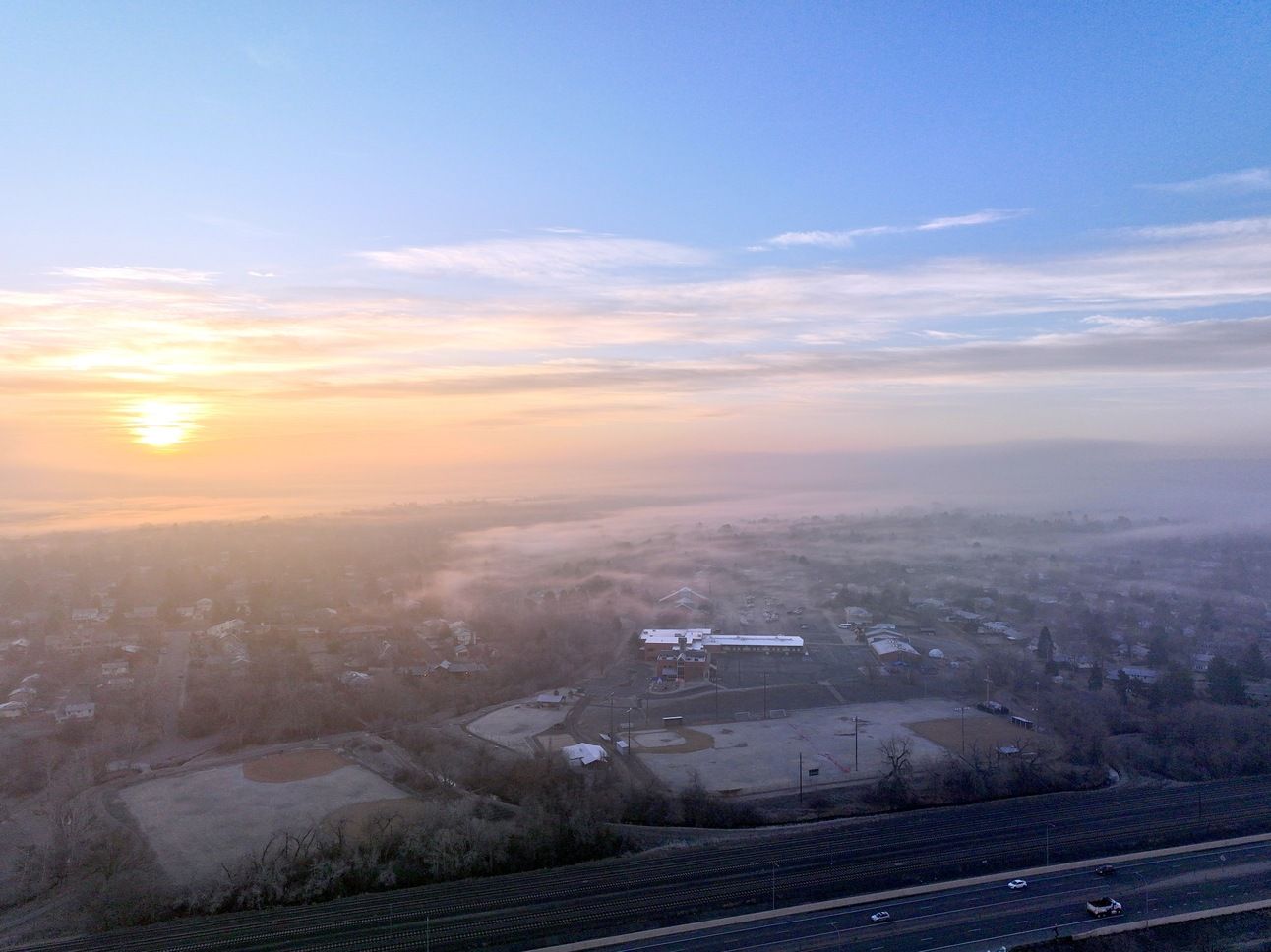
Taken 30 March 2023, using a DJI Mavic 3
The view of the encroaching fog, as seen from above, provided a new perspective on that day.
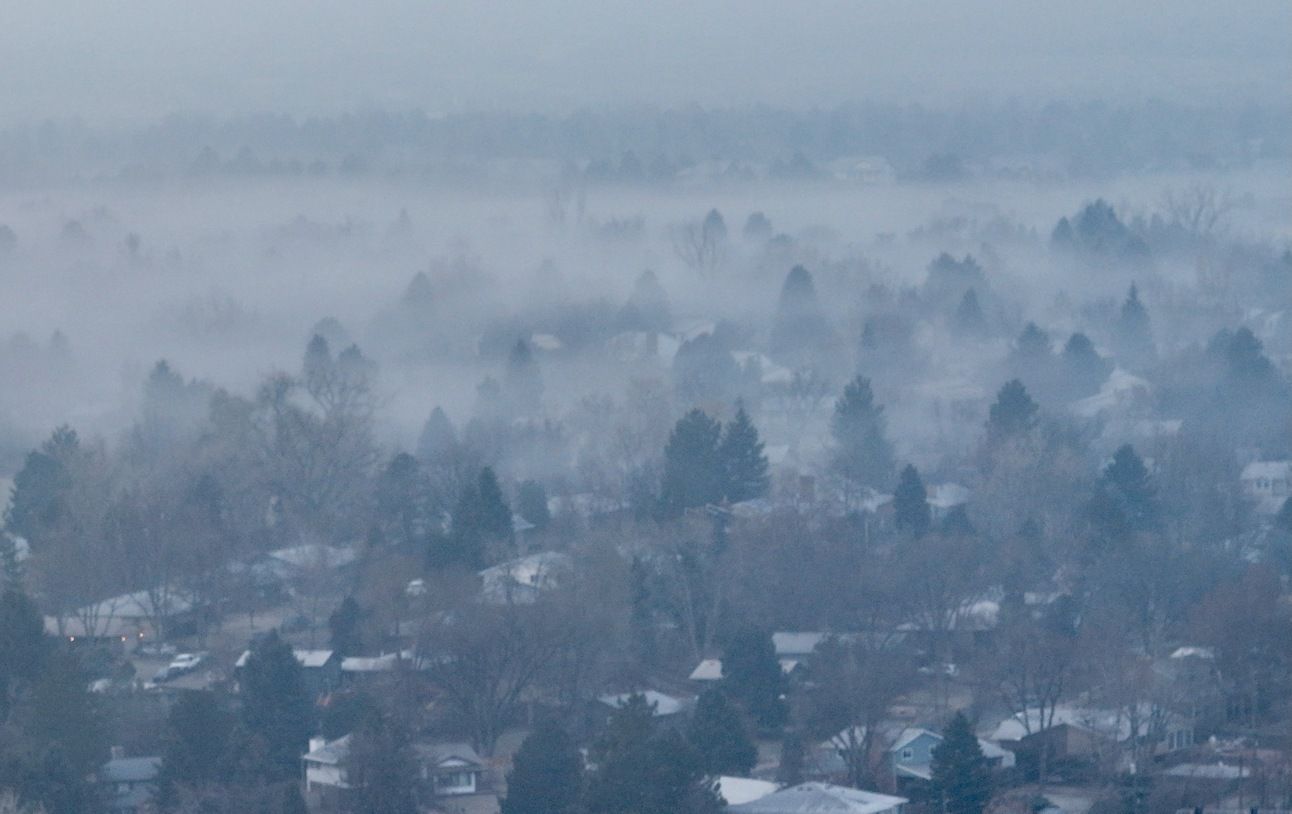
A 174mm equivalent telephoto lens at ƒ4.4 created a “Tilt Shift” effect
One way to describe that perspective is “Tilt Shift” the effect of which is to see reality, as in every day, full-size, objects of real life, shrunken in size such that a child might see houses and vehicles as self-contained toys, moving at their own rhythm.
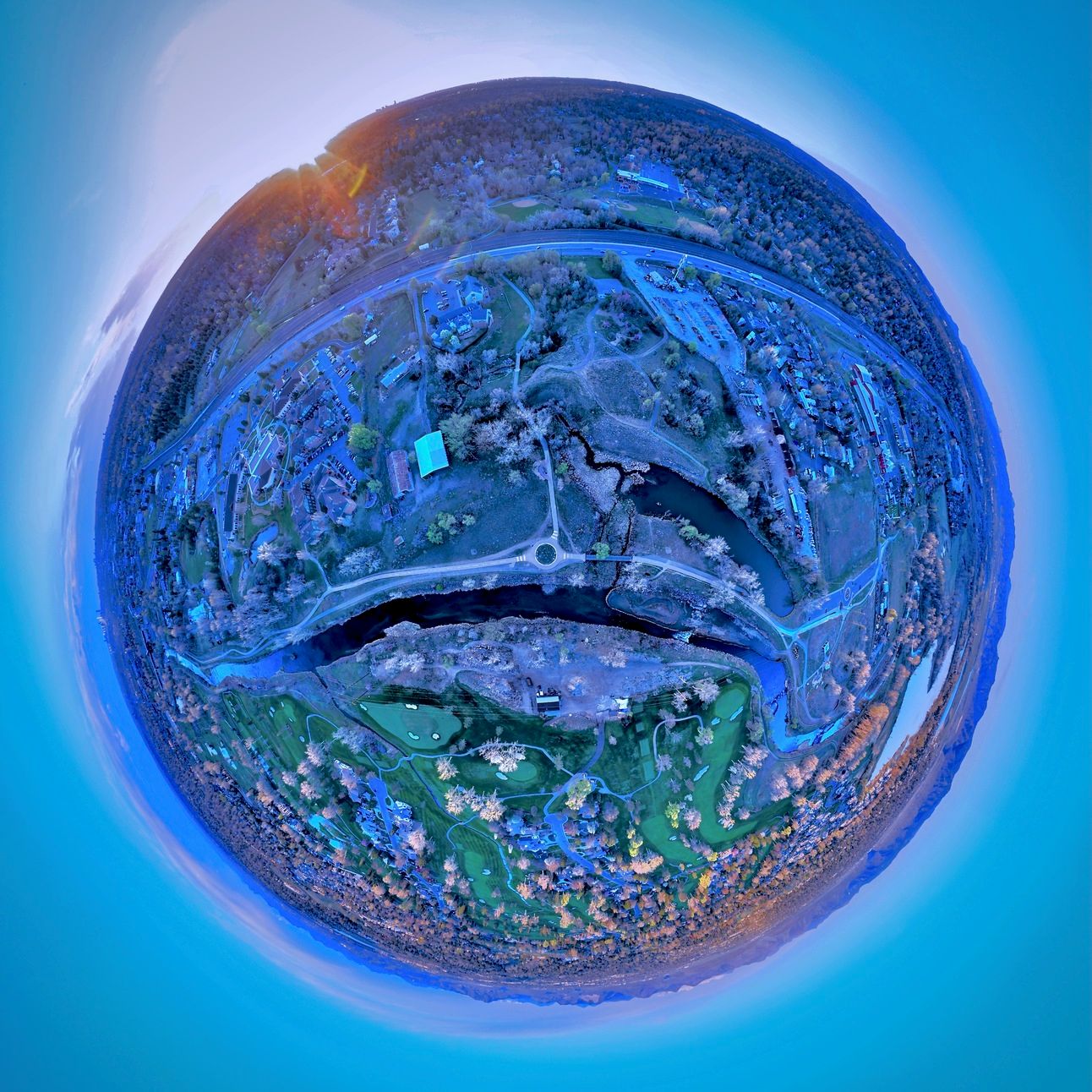
I was inspired by the “Tiny Planet” style as a theme for writing music, but that’s another story
Speaking of rhythm, I have new announcements over at my Patreon page regarding my music, and if you’re interested to see how the Tiny Planet style has influenced and inspired my latest creations, check it out!
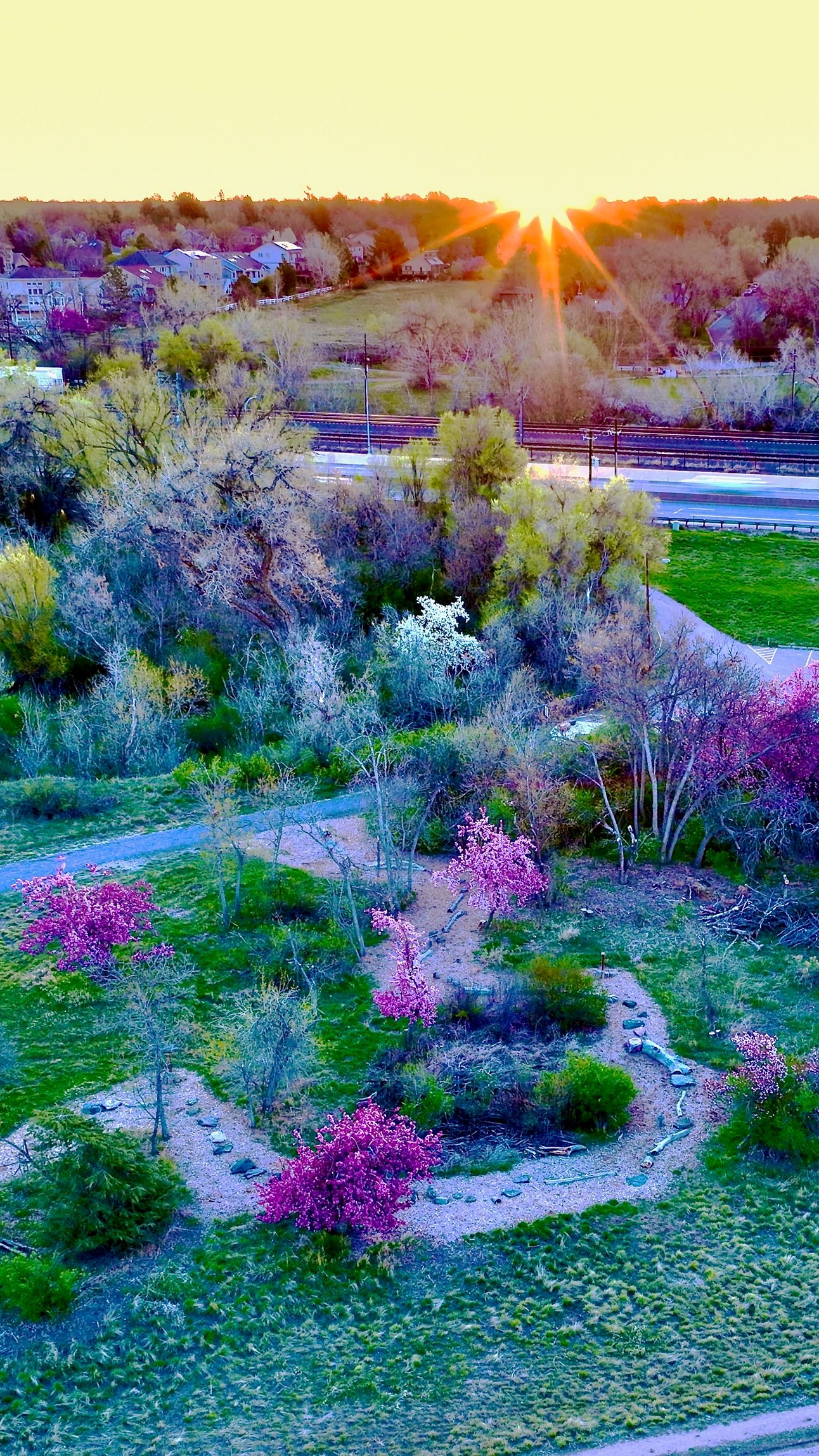
This is as good as it gets, now that the native habitat has been cut back somewhat
Thanks for reading all the way to the end!